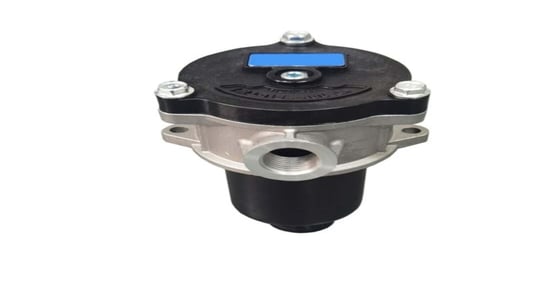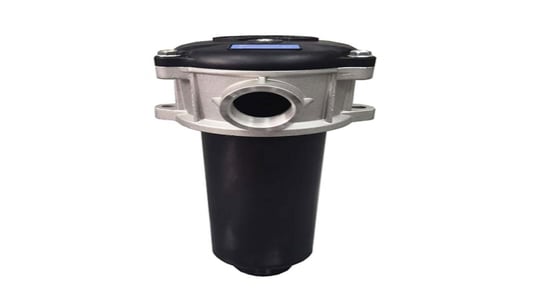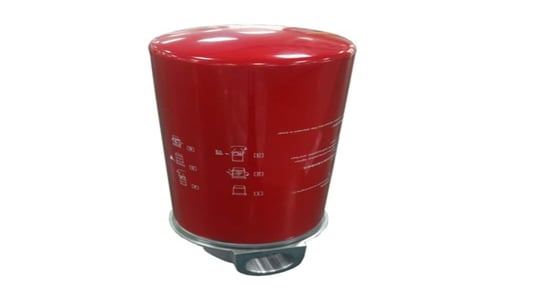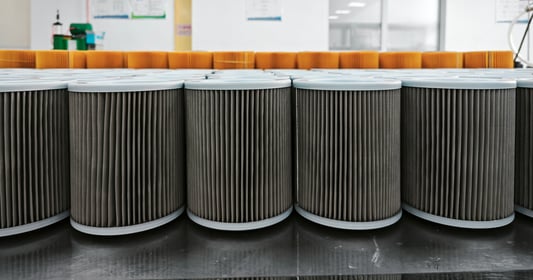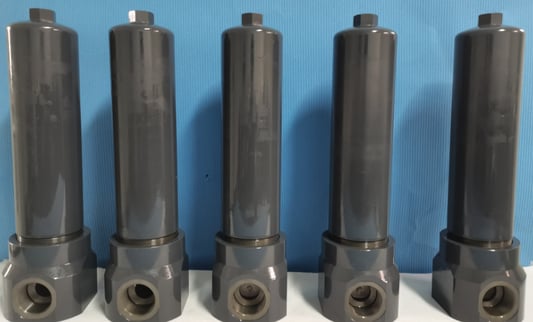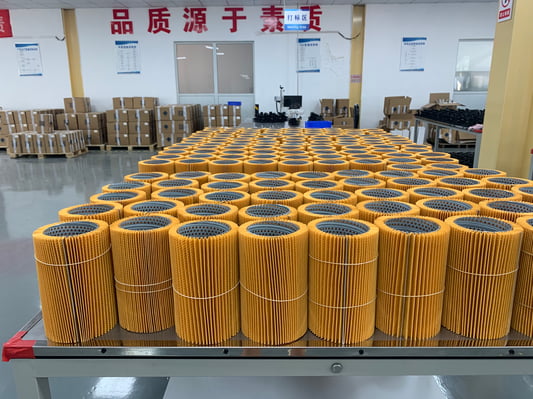Improved Equipment PerformanceHigh-efficiency hydraulic filters play a crucial role in enhancing the performance of construction equipment. These filters are designed to effectively remove contaminants from hydraulic fluid, ensuring that the equipment operates smoothly and efficiently.Extended Equipment LifespanBy using high-efficiency hydraulic filters, construction equipment owners can significantly prolong the lifespan of their machinery. These filters prevent wear and tear on vital components by removing dirt, debris, and other contaminants that could cause damage over time.Reduced Maintenance CostsOne of the key benefits of using high-efficiency hydraulic filters is the reduction in maintenance costs. By keeping hydraulic fluid clean and free of contaminants, these filters help prevent costly repairs and equipment downtime, ultimately saving construction companies money in the long run.Enhanced SafetyClean hydraulic fluid is essential for ensuring the safety of construction equipment operators and workers. High-efficiency hydraulic filters help maintain optimal fluid quality, reducing the risk of equipment malfunction and potential accidents on the job site.Improved EfficiencyEfficiency is crucial in the construction industry, and high-efficiency hydraulic filters contribute to improved overall efficiency. By ensuring that hydraulic systems operate smoothly and without interference, these filters help construction companies complete projects more quickly and effectively.Environmental ImpactHigh-efficiency hydraulic filters not only benefit equipment performance but also have a positive environmental impact. By removing contaminants from hydraulic fluid, these filters help reduce pollution and minimize the environmental footprint of construction activities.Regulatory ComplianceCompliance with regulatory standards is essential for construction companies, and using high-efficiency hydraulic filters can help meet these requirements. These filters ensure that hydraulic systems meet industry standards for cleanliness and performance.Enhanced Equipment ReliabilityReliability is key in the construction industry, and high-efficiency hydraulic filters contribute to increased equipment reliability. By maintaining clean hydraulic fluid, these filters help prevent equipment breakdowns and ensure that construction projects stay on track.Cost-EfficiencyIn addition to reducing maintenance costs, high-efficiency hydraulic filters offer overall cost-efficiency for construction companies. By investing in quality filters, companies can avoid costly repairs, equipment replacements, and downtime, ultimately saving money in the long term.Long-Term BenefitsThe Benefits of Using High-Efficiency Hydraulic Filters in Construction Equipment extend far beyond immediate gains. From improved performance and reliability to cost savings and environmental responsibility, these filters offer long-term advantages that can positively impact construction operations.Quote InquiryContact us


